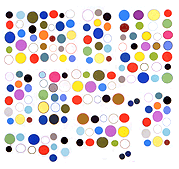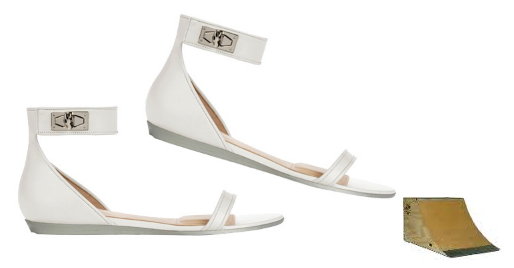Paul Ford in New York writes in the style of a literate prisoner snickering at the warden:
When people write critically about Facebook, they often say that “you are the product being sold,” but I think that by now we all get that. The digital substance of our friendships belongs to these companies, and they are loath to share it with others. So we build our little content farms within, friending and upthumbing, learning to accept that our new landlords are people who grew up on Power Rangers. This is, after all, the way of our new product-based civilization — in order to participate as a citizen of the social web, you must yourself manufacture content. Progress requires that forms must be filled. Thus it is a critical choice of any adult as to where they will perform their free labor. Tens of millions of people made a decision to spend their time with the simple, mobile photo-sharing application that was not Facebook because they liked its subtle interface and little filters. And so Facebook bought the thing that is hardest to fake. It bought sincerity.
Tech blogger Lauren Weinstein can conceive a day when the prison walls tumble:
My gut feeling is that Facebook saw the shadow of a significant potential competitor forming in cyberspace, and decided to nip it in the bud -- while it was still practical to do so just by throwing a chunk of money in the appropriate direction.
But how could Instagram -- no infrastructure, no income, hardly any employees -- be a threat to the 800-pound gorilla of social networking that is Facebook?
Zuckerberg isn't my idea of a good role model, but he's nobody's fool.
He knows full well what many of us have been saying for years -- that disruptive competition on the Web can appear and grow quickly at any time, and will usually be essentially just a single click away for your current users.
The Cadillac that is Facebook looked in its rear-view mirror, and realized that the little Nash Rambler of Instagram was pulling up with surprising speed.
I like Weinstein's snide take on what Instagram is:
Instagram's core technology [is] letting people take photos, pretend to be artists by applying various filters (a capability provided by innumerable other programs and apps), then sharing the results with their so-called friends and followers...

